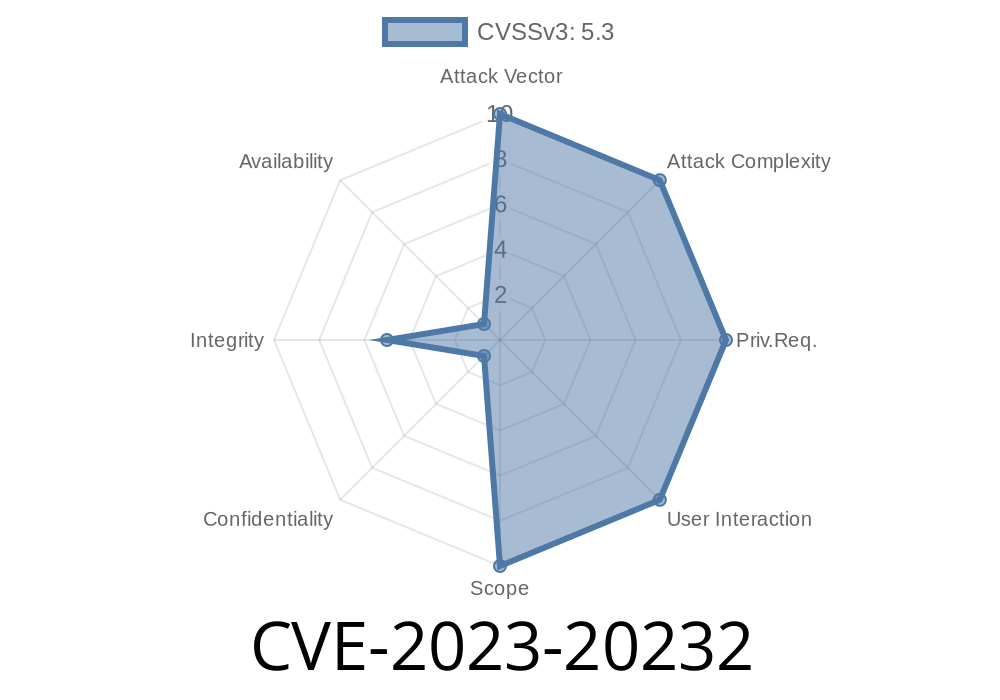A recent vulnerability (CVE-2023-20232) has been discovered in the Tomcat implementation specifically for Cisco Unified Contact Center Express (Unified CCX). This vulnerability could allow an unauthenticated, remote attacker to launch a web cache poisoning attack on the affected device. In this blog post, we will take a deep dive into the details of the vulnerability, its potential impact, and how to mitigate its potential risks.
Vulnerability Details
The vulnerability (CVE-2023-20232) lies in the improper input validation of HTTP requests in Cisco Unified CCX's Finesse Portal. When an attacker sends specially crafted HTTP requests to a specific API endpoint, it could lead to the internal WebProxy redirecting users to an attacker-controlled host.
The exploitation of this vulnerability essentially alters the expected behavior of web caches, which are meant to efficiently store and retrieve web content. By manipulating the web cache, an attacker can control the content served to users and potentially gain unauthorized access to sensitive information.
Code Snippet
An example of a crafted HTTP request that could be used to exploit this vulnerability might look like this:
POST /api/unifiedccx/v1/endpoint HTTP/1.1
Host: target-finesse-portal-host
Content-Type: application/json
{
"url": "http://attacker-controlled-host";,
"method": "webcache-poisoning"
}
Exploit Details
To exploit this vulnerability, an attacker would need to send multiple HTTP requests containing specially crafted payloads to the Unified CCX Finesse Portal. The attacker must also ensure that these HTTP requests are sent in a manner that bypasses security controls and reaches the vulnerable API endpoint.
Once the crafted HTTP requests are processed by the API endpoint, the internal WebProxy takes the malicious content into consideration when caching web pages. As a result, the affected device starts redirecting users to the attacker-controlled host. This could lead to potential theft of sensitive information and unauthorized access to network resources.
Mitigation Strategies
Cisco has recognized the severity of this vulnerability and has released patches accordingly. Unified CCX customers are highly encouraged to apply these updates to prevent potential web cache poisoning attacks. For guidance on proper patching, please refer to the official Cisco Advisory.
In addition, organizations can take the following steps to reduce the risk of similar vulnerabilities:
Regularly monitor server logs for suspicious activity and potential intrusion attempts.
3. Maintain up-to-date security patches for all software, especially critical infrastructure components.
Conclusion
CVE-2023-20232 demonstrates the potential risks of improper input validation on web application servers. Organizations should prioritize addressing such vulnerabilities in their infrastructure and adopt proactive security measures to minimize the chances of successful attacks. By understanding the details of this vulnerability and applying the recommended mitigation strategies, organizations can significantly reduce their risk exposure and protect their users from web cache poisoning attacks.
Timeline
Published on: 08/16/2023 22:15:00 UTC
Last modified on: 08/28/2023 16:00:00 UTC
